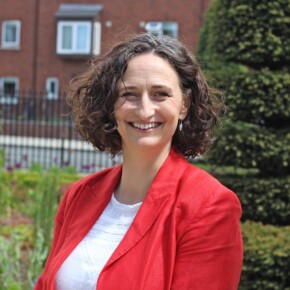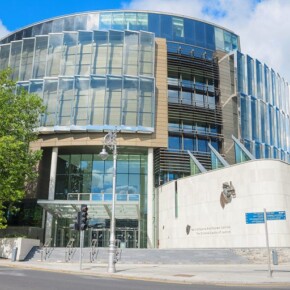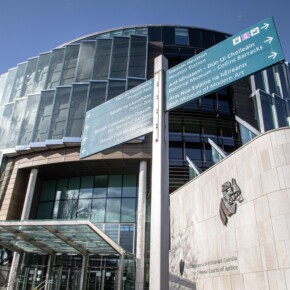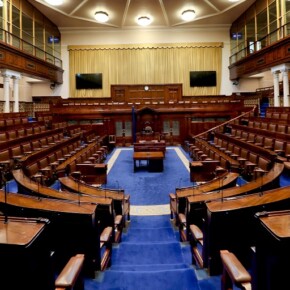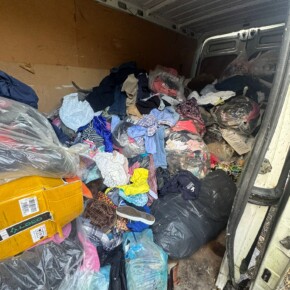Students explore hidden Northside waterways
Dublin People 23 Feb 2018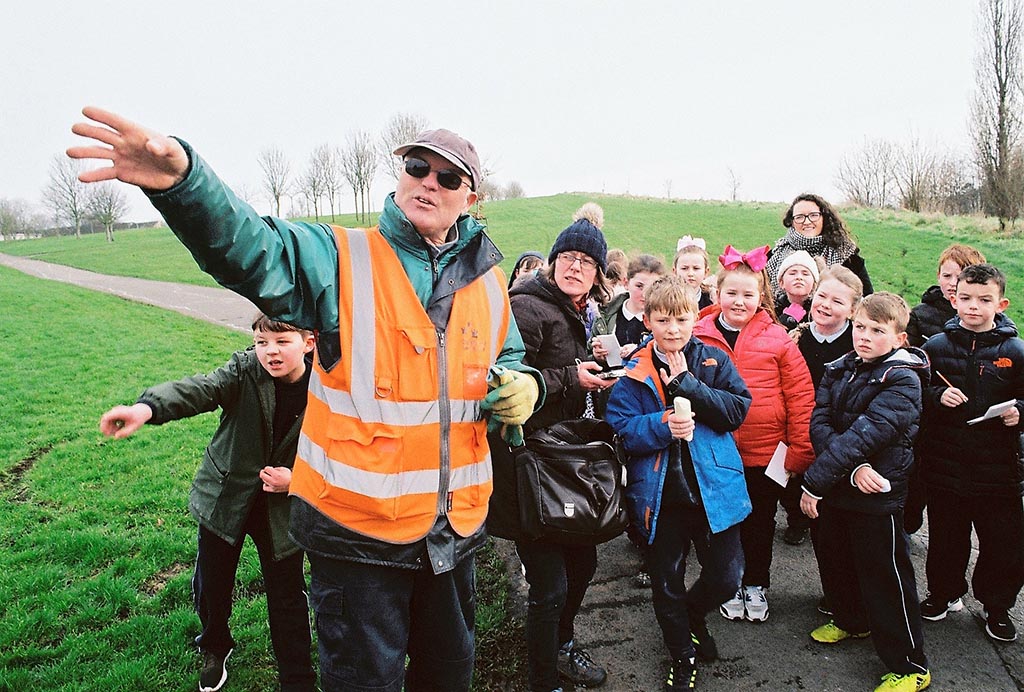
FOURTH-CLASS students from St Malachy’s National School in Finglas enjoyed exploring local waterways that many of us don’t even know exist last week.
The youngsters were taking part in The National Neighbourhood project, run by the Dublin’s Culture Connects’ initiative, and were given the chance to look at the river craft and boats form the past at the Collections Resource Centre of the National Museum of Ireland in Swords.
Led by artist Claire Halpin, the students are investigating the hidden rivers of Finglas and the Tolka river valley, and with the help of the National Museum of Ireland Collins’ Barracks Education team, are getting a chance to see first hand how their ancestors got around on the waters of north-west Dublin.
Already they have been learning about the secret underground river, Finglas Wood Stream, which flows right beneath their school.
The resulting artwork they make travels across the river to the Deaf Village in Cabra, where a group of deaf adults find inspiration from it for their own artworks with Claire.
All the work will eventually lead to an installation at the Deaf Village and be showcased at a special event in Collins Barracks on April 25.
The local initiative is one of the many National Neighbourhood projects that are happening around the city with community groups, artists and some of best-known cultural institutions.
Communities involved range from craft groups to walking groups, choirs to colleges, nursing homes to hospitals, and scout dens to schools.
Projects are also happening in Ballybough, Ballyfermot, Bluebell, Cabra, Coolock, Clontarf, Crumlin, Donnycarney, Fairview, Finglas, Inchicore, Raheny, Rathmines, Stoneybatter and the Liberties.
The National Neighbourhood is a Dublin City Council cultural programme.
“With the National Neighbourhood, we want every neighbourhood to know and “own” their city’s cultural resources so we build cultural projects in community settings,” a spokesperson said.
“We connect artists, groups and villages with libraries, museums and creative places to deepen their understanding of each other and themselves.
“The initiative aims to connect Dubliners to their city through culture and conversation. We develop activities and events that bring communities together, and to life. We base projects on people’s stories, wishes and experiences.
“We do this in the best way possible by listening, learning and sharing. We are not afraid to try new things.”
More information on projects can be found online at www.dublinscultureconnects.ie.


